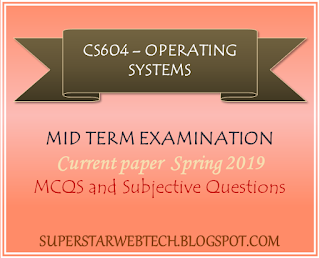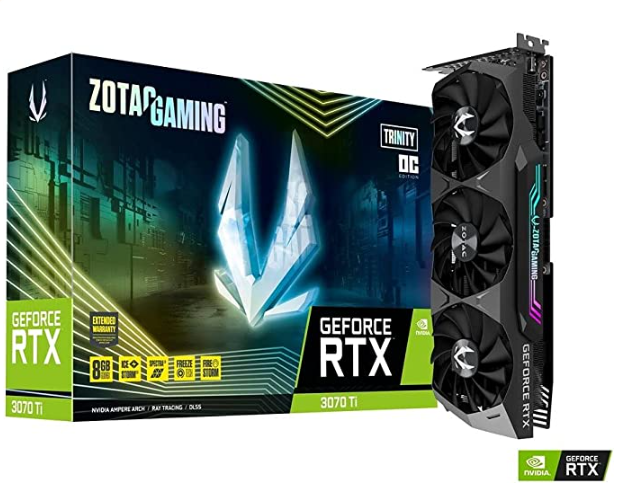MCQS: 18
👀 SEE ALSO: Course wise exam instructions
0 and n
0 and 0
0 and 1
None of the given options
2. Which register holds the smallest legal physical memory address for a process?
Base register
Limit register
Status register
None of the given options
3. Which command syntax is used, keyboard is detached and inputfile is attached to it, i.e.read input from input-file
cat > Students
cat < Students
cat 0> Students
4. Linux uses ___________ directory to store system configuration files.
/bin
/dev
/boot
/etc
5. ___________ is a piece of code in a cooperating process in which the process may updates shared data (variable, file,
database, etc.).
Critical analysis
Race condition
Latency
Critical section
6. OS helps manages the following except
Application software
Bus speed of the system
Memory
Virtual memory
7. You can use the ————- command to display the status of suspended and background processes
fg
bg
jobs
kill
8. A ___ process produces information that is consumed by a ___ process.
consumer, producer
producer, consumer
merchandise, consumer
remaining not remembered but were easy
1. Do you think starvation in multilevel queue sheduling can be solved by multilevel feedback queue scheduling? How? Justify your answer with appropriate reasons.
2. What will the output of the following program:
a) When a child process executes
b) When a process fails to execute
c) When a parent process execute
//code
void main(){
int pid, status;
pid = fork();
if(pid == -1) {
printf(“Hello I am here!n”);
exit(1);
}
if(pid == 0) {
printf(“Welcome I am heren”);
exit(0);
}
else {
wait(&status);
printf(“Hi I am here!n”);
exit(0);
}
}
3. How a thread is created, also give conditions for which thread call fails?
4. When does critical section executes, give conditions?
5. Identify different operating system structures and provide their name.
👉 Other recommended 2018 midterm papers: CS401 Current paper , CS610 current paper , CS602 current paper , CS504 current paper , MCM301 current paper 2018 , CS502 current paper 2018




